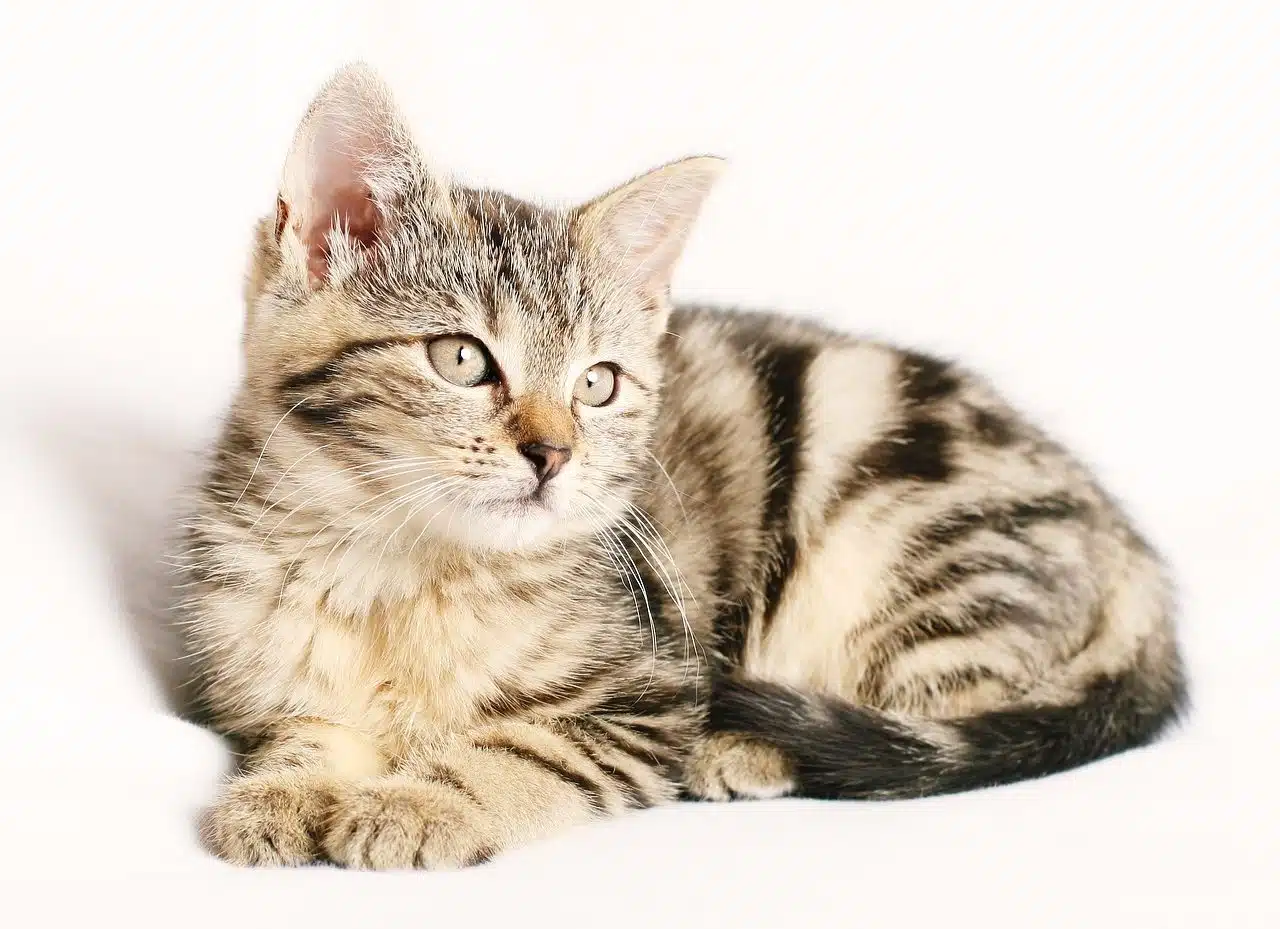
"Cat" is a masculine noun.
A noun is a type of word that can function as the subject of a sentence and that designates or identifies an animate or inanimate being .
In Romance languages, such as Spanish, nouns vary according to gender (masculine/feminine) and number , so attention should always be paid to agreement . In other languages, such as Chinese, nouns never vary. There are languages where there are not even different formal properties between nouns and verbs, such as Nahuatl.
Types of nouns
From a semantic point of view, nouns are divided into:
- Concrete nouns : they refer to independent concepts, which we can perceive with our senses, or imagine and assume that they exist on our same level (a chair, a computer, a person).
- Abstract nouns : unlike the previous case, these are dependent concepts, which serve to designate entities imperceptible by our sensory capabilities, but perceptible through thought ( "friendship", "love", "evil", "faith" ).
In turn, abstract nouns can be classified into:
- Quality abstracts : they are related to adjectives and represent properties or qualities of animate or inanimate beings ( "ugliness", "height" ).
- Phenomenon abstracts : they serve to designate states, actions or their consequences ( "exercise", "study" ).
- Number abstracts : they allow other nouns to be quantified with varying degrees of precision ( "bouquet", "group", "quantity" ).

Nouns usually function as the nucleus of the subject.
Classification according to the quality of uniqueness
- Common nouns : considered generic nouns, they are used to refer to any member of the same species or class without going into their particular characteristics ( "woman", "dog", "car" ).
- Proper nouns : they serve to distinguish each individual from the others, as occurs with the names of cities or people, and must be written with their initial letter in capital letters ( "Tokio", "Cecilia" ).
Nouns according to the type of reference and their composition
According to the reference:
- Individual nouns : when they present their singular form they refer to a single specimen of a class or species ( "leaf", "stream", "mountain" ). In languages whose grammar includes the plural form, as is the case with Spanish, these nouns can designate a group (indefinite unless numerical information is added).
- Collective nouns : they are used to name a group of objects or beings, even in their singular form ( "grove", "herd", "pack" ). In their plural form, they give the idea of sets of the same kind independent of each other.
From its composition :
- Simple nouns : these are words made up of a single term ( "glass", "control", "casing" ).
- Compound nouns : they are formed by joining two simple words ( "windshield", "dropper", "goalkeeper", "firewall" ).

The complement of the noun is a phrase that allows it to complement its meaning.
Division due to the complexity of its morphology or its origin
- Primitive nouns : they are those that have the main role in a family of words, which represent its root and are formed from a basic lexeme (minimal unit, without grammatical morphemes). They may or may not adopt morphemes for their gender and number ( "flower", "sea" ).
- Derived nouns : they are generated from primitive terms, thanks to the use of affixes such as infixes, prefixes or suffixes ( "florist", "sailor" ).
- Augmentative nouns : they are used to refer to animate or inanimate beings of considerable size or great intensity ( "cochazo", "notación", "golpazo", "espadota" ).
- Diminutive nouns : they constitute the opposite case to augmentative nouns ( "dog", "perita", "little house", "paquetín" ).
- Derogatory nouns : as their name indicates, they serve to mention beings or objects with contempt, trying to downplay their value or importance ( "cuartucho", "casucha", "gentuza", "poblacho" ).
- Gentile nouns : they exist from the name of a country, a city or any officially recognized territory, and are used to refer to the place of origin of a person, an animal or a thing ( "Japanese", "North American", "Italian » ).
Classes of nouns according to accounting
- Countable nouns : they are concepts that can be counted ( "stone", "cup", "coin" ).
- Uncountable nouns : they designate concepts that cannot be divided into countable portions ( " water ", "happiness", "oxygen", "gas", "oil" ).
The substantive
A process that allows expanding the lexicon through the creation of nouns is mentioned as substantivation .
Syntactic substantivation consists of using a term as the nucleus of a noun phrase when, at a morphological level, it is not a noun. Morphological substantivation , for its part, is a derivation that allows generating a noun from an adjective or a verb .
When talking about "good eating" , for example, "comer" works as a noun thanks to syntactic substantivation. «Brillance» , meanwhile, is the result of a morphological substantivation (it derives from the adjective «brilliant» ).
Examples of nouns
We can find a huge number of examples of nouns, as we have already indicated throughout this article .
It is interesting to mention that in the first years of primary school, nouns are usually studied under the heading of nouns . Thus, a distinction is made between the proper noun (the proper noun) and the common noun (the common noun) as a first approach to the different components of a phrase and each grammatical category.
Thus, among the examples of nouns that are studied at this educational level, we can find words such as "house", "dog" and "ball" , classified as common nouns. Among proper names or nouns, countries are usually referred to ( "Spain" , "Argentina" , "China" ) or cities ( "London" , "Rio de Janeiro" , "Cape Town" ).
